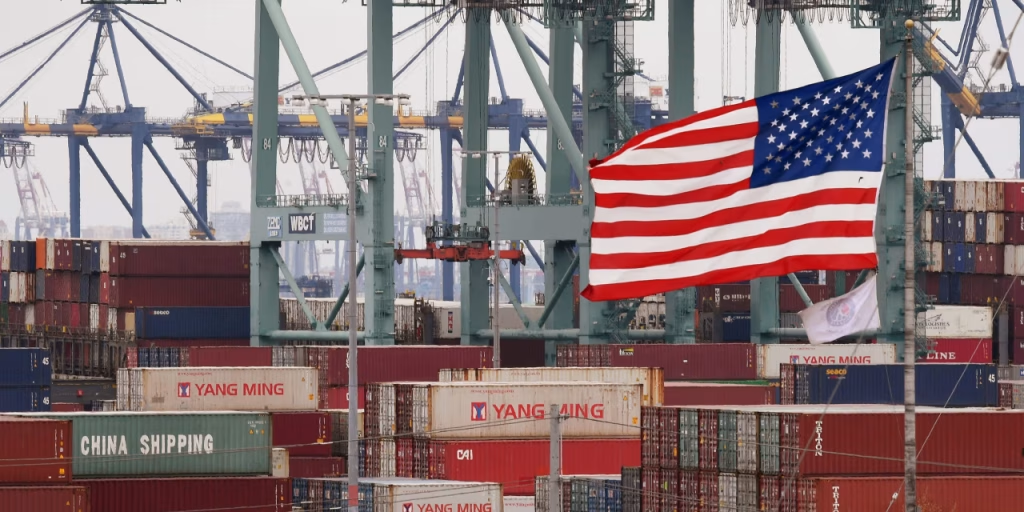In a move that signals a dramatic shift in America’s approach to global trade, U.S. customs agents began enforcing President Donald Trump’s sweeping new tariff policy early Saturday.
A 10% tariff on imports from a wide range of countries is now in effect, marking a decisive break from the post-World War II system of negotiated trade agreements and multilateral cooperation.
The policy, which took effect at 12:01 a.m. ET, applies to all incoming goods arriving at U.S. ports, airports, and customs warehouses.
It is just the opening salvo in what Trump has called a “reciprocal” trade strategy. By Wednesday, higher tariffs—ranging from 11% up to 50%—will hit goods from 57 of the United States’ major trading partners.

“This is the single biggest trade action of our lifetime,” said Kelly Ann Shaw, a former White House trade adviser and current partner at Hogan Lovells. Speaking at a Brookings Institution panel, Shaw emphasized that while the tariff rates could evolve through negotiation, the shift in trade posture is massive and unprecedented.
READ ALSO: Thomas Müller to Part Ways with Bayern Munich After 25 Unforgettable Years
The markets have already reacted sharply. Following Trump’s midweek announcement, global stock markets tumbled. By Friday’s close, the S&P 500 alone had lost $5 trillion in value. Commodity prices fell, and nervous investors fled to the safety of government bonds, reflecting deep uncertainty about the global economic outlook.
Among the countries immediately affected by the 10% base tariff are Australia, the United Kingdom, Colombia, Argentina, Egypt, and Saudi Arabia. U.S. Customs and Border Protection clarified that goods already in transit before the cutoff will receive a 51-day grace period, as long as they arrive before May 27. Otherwise, all incoming cargo will be subject to the new levy.

Wednesday will bring an even bigger hit to international trade flows. Imports from the European Union will be taxed at a 20% rate, while goods from China will face a 34% tariff, bringing the total new duties on Chinese imports to 54%.
READ ALSO: U.S. Eases Tariffs on French Territories and Norfolk Island After Global Backlash
Vietnam, which saw a trade boom after U.S. companies shifted production there during Trump’s first-term trade war with Beijing, will now be subject to a 46% tariff. Vietnam has already opened the door to discussions with the Trump team, signaling a willingness to negotiate.
Not all nations are being hit equally. Canada and Mexico have been exempted from this latest round of duties, although they still face a separate 25% tariff tied to U.S. concerns over fentanyl and compliance with North American trade rules under the USMCA agreement.

The Trump administration has also released a list of more than 1,000 product categories that will be exempt from the new tariffs.
These cover imports valued at $645 billion in 2024, including critical goods like crude oil, refined petroleum, pharmaceuticals, semiconductors, uranium, titanium, lumber, and copper. While energy imports are largely untouched, several of these sectors are under review for potential future national security tariffs.
With these sweeping changes, the U.S. is redefining its role in the global economy. Businesses and foreign governments alike are now recalibrating strategies, trade routes, and diplomatic engagement in response. Whether this bold new approach leads to stronger domestic industries or a broader economic fallout remains to be seen.
Discover more from Scoop Hub
Subscribe to get the latest posts sent to your email.

